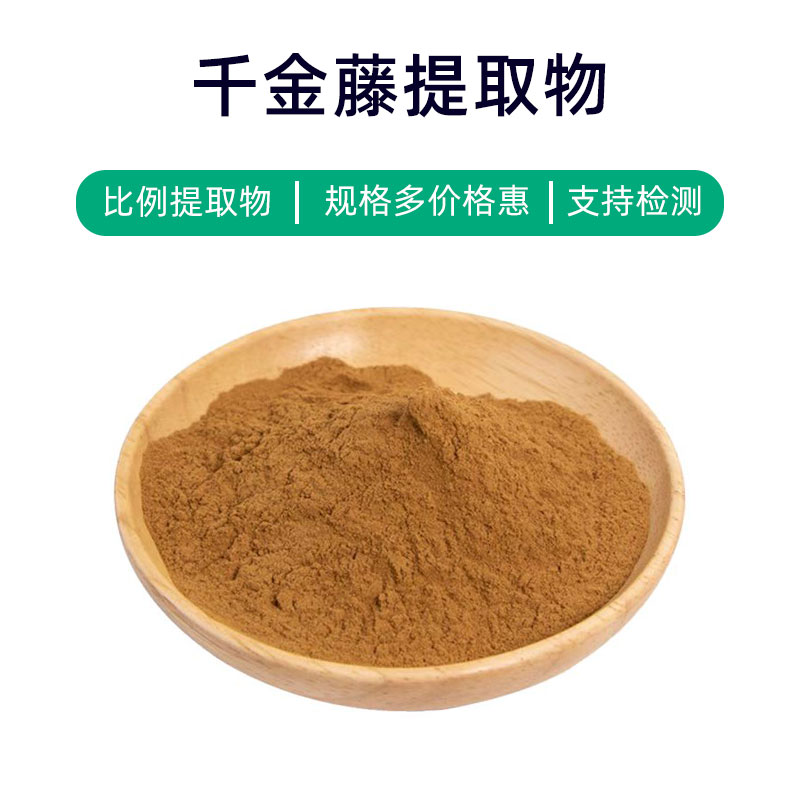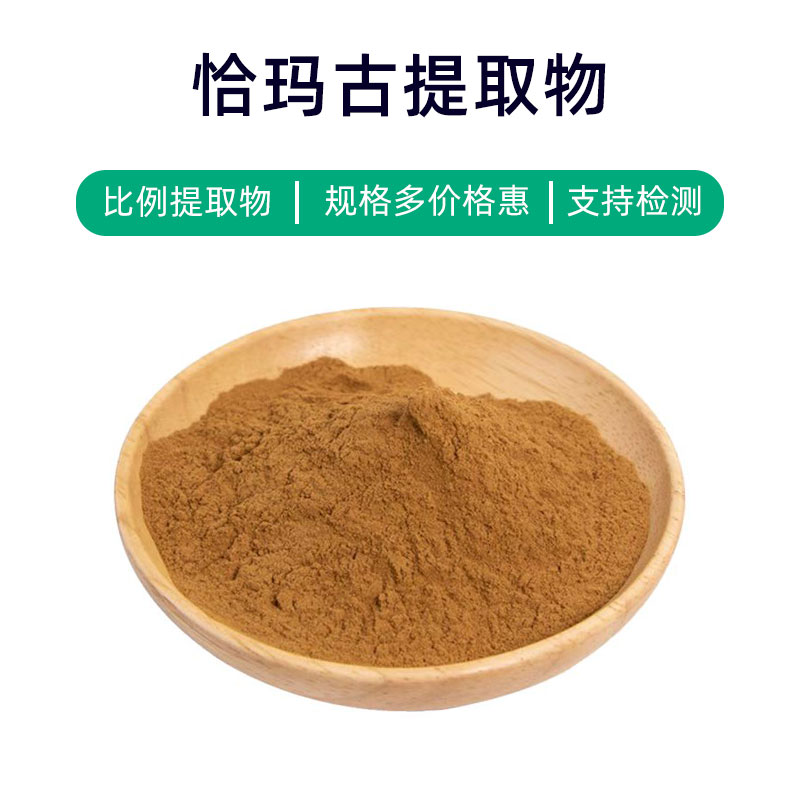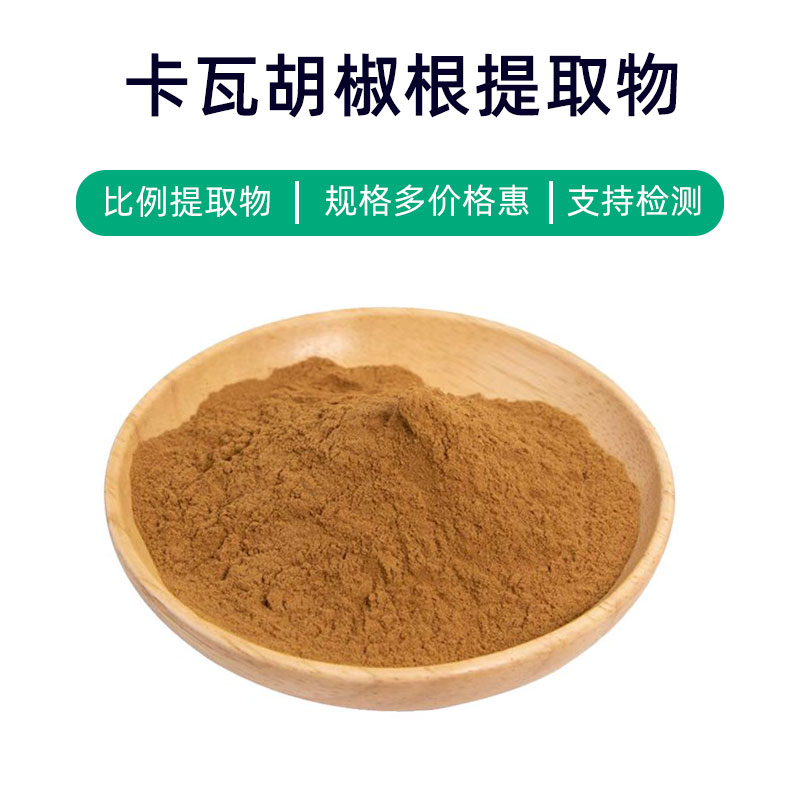Ginseng Leaf Extract Product Introduction
Ginseng leaf extract is a natural plant extract derived from the leaves of ginseng (Panax ginseng). Its main components include ginsenosides, ginseng acid, and polysaccharides. Ginseng leaf extract is known for various benefits, including enhancing immunity, improving physical stamina, and providing antioxidant effects. Due to its rich nutritional components and medicinal value, ginseng leaf extract is widely used in the fields of pharmaceuticals, dietary supplements, and cosmetics. In the pharmaceutical sector, it is commonly used to make supplements and medications that regulate immune function, enhance body resistance, alleviate fatigue, and improve physical endurance. In the dietary supplement realm, ginseng leaf extract is a key ingredient in tablets, capsules, or liquid forms for consumption. Additionally, it is frequently included in cosmetics for its antioxidant, moisturizing, and anti-aging effects. Overall, ginseng leaf extract is a promising natural plant extract with numerous benefits for health and beauty.
Ginseng Leaf Extract Production Process
The process for producing ginseng leaf extract typically includes the following steps:
- Harvesting: Select high-quality ginseng leaves for harvesting, typically during the plant's peak growth period to ensure a high content of active components.
- Washing: Wash the harvested ginseng leaves to remove impurities and soil, ensuring cleanliness and hygiene.
- Chopping: Chop the cleaned ginseng leaves using a cutter or chopper to make it easier to extract effective components.
- Extraction: Place the chopped leaves into extraction equipment and use an appropriate solvent (such as water or ethanol) for extraction. During extraction, heating or ultrasonic methods may be applied to improve efficiency.
- Filtration: Filter the extracted liquid through filter paper or mesh to remove suspended solids and obtain a clear extract.
- Concentration: Concentrate the filtered extract using methods such as low-temperature concentration or vacuum concentration to obtain a high-concentration extract.
- Drying: Dry the concentrated extract using techniques such as spray drying, vacuum drying, or reduced pressure concentration to convert it into a powder or granulated form.
- Packaging: Finally, package the dried ginseng leaf extract in airtight packaging to prevent moisture and oxygen exposure, ensuring the product's quality and stability.
The above outlines the basic production process for ginseng leaf extract. Each step must be carefully monitored to ensure product quality and safety.
Ginseng Leaf Extract Effects and Side Effects
Ginseng leaf extract, derived from ginseng leaves, offers various benefits and effects:
- Boosts Immunity: Rich in ginsenosides and vitamins, it enhances the immune system, improving resistance to colds and respiratory infections.
- Cardiovascular Protection: Research indicates that ginsenosides and flavonoids in ginseng leaf extract help lower blood pressure, reduce blood lipids, and prevent thrombosis, aiding in the prevention of cardiovascular diseases.
- Antioxidant Effects: High in natural antioxidants, like polyphenols and vitamin C, it scavenges free radicals, slows cellular aging, and protects cells from oxidative damage.
- Enhances Memory: Studies show that ginsenosides in ginseng leaf extract support brain function and memory enhancement, contributing to improved learning and work efficiency.
- Alleviates Fatigue: Its rich ginsenosides and amino acids boost stamina and endurance, helping to reduce feelings of fatigue and improve stress resilience.
- Improves Sleep Quality: Components like ginsenosides and magnesium regulate the nervous system, promoting sleep and enhancing sleep quality, beneficial for insomnia and anxiety.
- Anti-inflammatory and Antimicrobial Properties: Ginsenosides have notable anti-inflammatory and antimicrobial effects, useful in preventing and treating inflammatory and infectious diseases.
- Regulates Blood Sugar: The ginsenosides and polysaccharides in ginseng leaf extract help regulate blood sugar levels, preventing and managing diabetes and its complications.
While ginseng leaf extract has many benefits, potential side effects, such as allergic reactions, digestive issues, and headaches, should be considered. It is recommended to consult with a healthcare professional before use and to follow proper dosing instructions.
Ginseng Leaf Extract Applications and Dosage
Ginseng leaf extract has a wide range of applications in pharmaceuticals, food, and cosmetics:
- Pharmaceuticals: It's commonly used in traditional medicine formulas for benefits like boosting energy, nourishing yin, calming the mind, strengthening the spleen and stomach, and enhancing immunity. Medications can be formulated into tablets, granules, or liquids to treat symptoms like fatigue, insomnia, and low immune function. Typical dosage is 3-5 grams taken orally, 2-3 times a day, adjustable based on individual circumstances and medical advice.
- Food: Ginseng leaf extract is often used as an ingredient in health foods, such as ginseng leaf tea or oral liquids. These products primarily target energy boosting, immunity enhancement, and stamina improvement, suitable for those who are weak or have low resistance. A common dosage is 3-5 grams, consumed in water or mixed with food.
- Cosmetics: Due to its antioxidant and anti-aging properties, ginseng leaf extract is often added to cosmetics as a functional ingredient in masks, serums, and lotions. It helps improve skin elasticity and radiance, reduces the appearance of wrinkles and fine lines, and delays skin aging. Dosage is typically according to the specific product's usage instructions following normal cosmetic application procedures.
In summary, ginseng leaf extract has extensive applications in pharmaceuticals, food, and cosmetics with various benefits, and its dosage is fairly straightforward. However, care must be taken during use to ensure product quality and proper application, avoiding excessive or incorrect usage that could lead to adverse effects. Consulting healthcare professionals before use is advisable for safety and effectiveness.
Ginseng Leaf Source Plant Introduction, Distribution, and Growth Environment
The source plant for ginseng leaf extract is the leaves of ginseng (Panax ginseng). Below is an overview of its botanical characteristics, distribution, and growth environment.
- Botanical Characteristics:
- Ginseng (Panax ginseng) is a perennial herb belonging to the Araliaceae family. Notable features include:
- Plant Height: Typically 20-80 cm tall with a thickened, segmented root.
- Leaves: Palmate compound leaves composed of 5-9 leaflets with serrated edges.
- Inflorescence: Flowers in summer, with small yellow-green umbellate flowers that have a short flowering period.
- Distribution:
- Ginseng is primarily found in Northeast Asia, including China, Korea, and the Russian Far East. In China, it is mainly distributed across Northeast, North China, East China, and Southwest regions. The quality and yield of ginseng from Northeast China are particularly high, often referred to as "Northeast Ginseng."
- Growth Environment:
- Ginseng thrives in environments with specific requirements, generally growing in cool, shaded, moist areas with suitable temperatures and well-drained, rich soil. Specific growth conditions include:
- Climate: Preferably warm and humid, with an average annual temperature of 10-20°C and ample rainfall.
- Light: Prefers shade, unable to tolerate direct sunlight, often found in forest understories or partially shaded areas.
- Soil: Prefers slightly acidic, loose, fertile soil rich in organic material with good drainage.
In summary, ginseng is a plant that has specific growth environment needs, mainly distributed in Northeast Asia, favoring cool, humid areas. The right climate and soil conditions are crucial for its growth and development.
Ginseng Leaf Extract Processing and Storage
The processing of ginseng leaf extract typically includes the following steps:
- Leaf Harvesting: Select mature ginseng leaves for picking, avoiding damage to the leaves.
- Cleaning Treatment: Clean the harvested ginseng leaves to remove surface impurities and soil, maintaining leaf cleanliness.
- Drying Treatment: After cleaning, ginseng leaves are dried using methods like sun drying or oven drying to preserve their quality and nutrients.
- Crushing and Extraction: Dried ginseng leaves are crushed and then processed for extraction using methods like water or alcohol extraction to isolate effective components.
- Filtration and Concentration: The liquid obtained from extraction is filtered to remove impurities and then concentrated to achieve a concentrated extract.
- Drying to Formulate: Finally, the concentrated extract undergoes drying to produce the final ginseng leaf extract product.
For storage, ginseng leaf extract should be kept in a cool, dry, and well-ventilated environment, protected from direct sunlight and moisture to prevent spoilage. It should be sealed properly to avoid exposure to oxygen, light, and humidity, ensuring product stability and quality.
Monica Sun is a seasoned expert in the plant extraction industry with over a decade of experience in research and production. She specializes in the extraction and purification of plant active ingredients, focusing on driving innovation in natural product applications. Monica has participated in the development of multiple functional plant extracts, delivering high-value natural raw material solutions for the health food, pharmaceutical, and dietary supplement sectors.


















